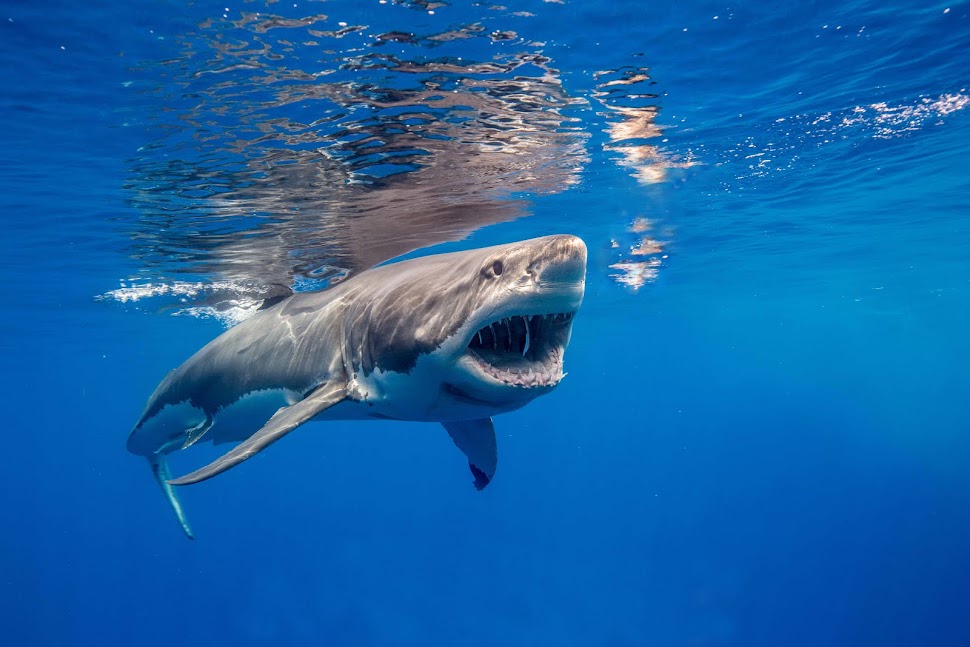 OCEAN CITY -- In 1978, before I went into the charter fishing business full-time, I got involved with tagging sharks by signing up with NOAA's Coop-erative Shark Tagging Program. I still recall the satisfaction of planting the first tag and knowing that the act could provide biologists with data that could somehow help sharks.
OCEAN CITY -- In 1978, before I went into the charter fishing business full-time, I got involved with tagging sharks by signing up with NOAA's Coop-erative Shark Tagging Program. I still recall the satisfaction of planting the first tag and knowing that the act could provide biologists with data that could somehow help sharks.Tagging added a new dimension to fishing that I had never known before. Every catch had more significance than just another struggle on the line, because when they swam away with our tag, they would, in a way, still be our fish. If someone caught them 10 days or 10 years later and chose to report the tag, we'd get credit for catching it first and we'd hear from NOAA the details about who recaptured it, where it was taken and how big it had grown.
I don't know what happened to that first shark, but we sure have heard about others. Since we started tagging we've had recaptures off the coast of every state along the East and Gulf Coast, Mexico, Cuba, the North Atlantic, Spain, and the Azores. As our involvement with shark fishing and tagging increased, so did our relationships with various biologists and fishery managers doing shark research, who have occasionally solicited help with various projects or studies.
Over the years we've had requests for catch data, tissue samples, stomach samples, teeth, entire sharks, assistance with hook studies, and the making of documentary and educational films.
Mark Samson is a sport fishing captain and fishing for sharks off the east coast. He is also the developer of the "Shark Block Rig" which has proven to be 90% effective in prohibiting gut hooked sharks.
Complete story.

No comments:
Post a Comment